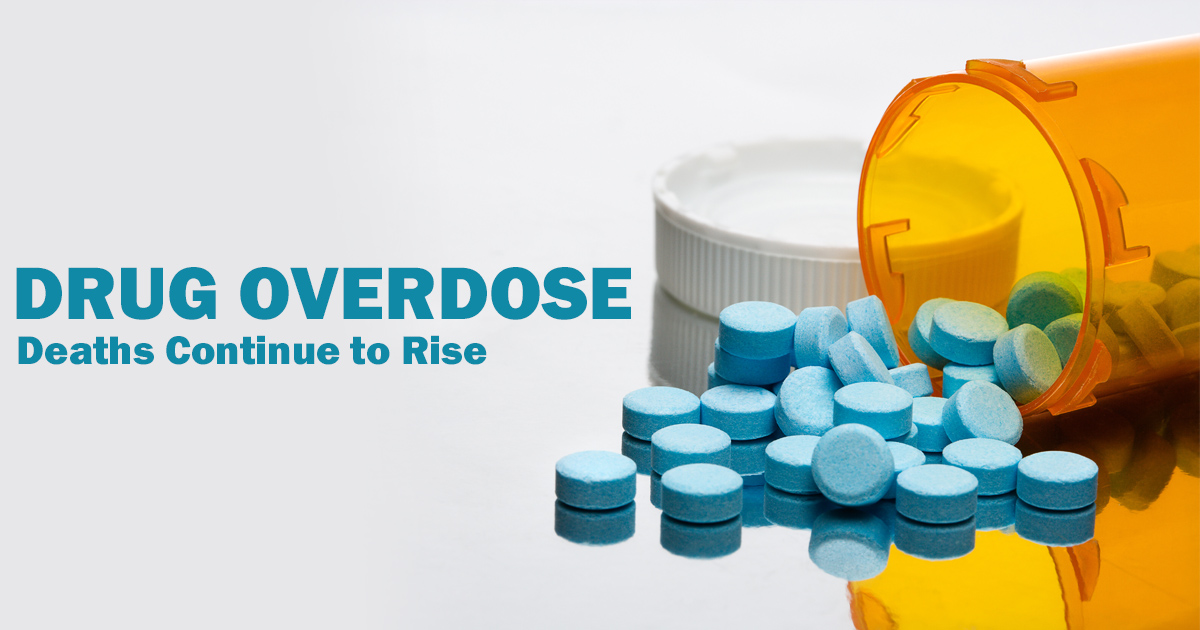
Prescription drug abuse incidents are even more common than those involving illicit drugs. In the past, many prevention tactics focused on heroin, marijuana, and methamphetamine. However, drugs that were prescribed weren’t given the same attention, leaving room for addictions, overdoses, and deaths from prescriptions like Vicodin, OxyContin, and Xanax.
The Dangers Of Prescription Drug Abuse
There are many dangers inherent in drug use, but the deadliest situations occur when people mix different drug varieties. Mixing two prescriptions can have sudden and unpredictable effects. In fact, 77% of drug abuse deaths involving benzodiazepines also involved an opioid painkiller. Taking different drugs at the same time will often either amplify or block the effects of one of the substances. Though physicians can usually explain drug interactions, these medications are often taken illegally. It can be impossible to tell exactly how the two substances will interact in general because individuals often experience different symptoms depending on the chemistry of their bodies.
When an interaction like this occurs, one drug can remain in your system too long or in a concentration that’s too high. This can trigger drug poisoning, even if the dosages of both medications are independently within a normally prescribed range.
Mixing prescription drugs has a chance of exacerbating negative side effects as well. If a potential symptom of each substance is nausea, a combination of the two could potentially cause vomiting and extreme vertigo. More serious effects, like immune system suppression and thinned blood compound, can lead to incredibly dangerous and unexpected health problems.
Preventing Overdoses And Deaths
Studies have shown that less than 20% of prescription drug-related deaths are intentional, and mixing different prescriptions causes most of the accidental deaths—sometimes even when taken as directed. Doing research on potential drug interactions is a smart habit to develop. It’s also very important that your doctor be fully aware of prescription drugs you’re taking, even if you’re doing so without a prescription.
Another way to prevent overdoses and deaths is to seek help for friends or family members that are affected. Spotting the signs of drug abuse in friends or family can be life-saving. Early intervention could prevent overdoses and deaths. Some individuals can use drugs as they need, and then put them away with no consequences. Others, however, quickly become addicted.
Determining whether someone you love has a drug problem can be complicated. The first step is to look for signs associated with misuse. Physical symptoms can be easy to notice if you spend time in close proximity with them. Keep an eye out for things such as:
- Reduced appetite
- Constipation
- Confusion
- Agitation
- Nausea
- Unsteady walking
- Elevated temperature
- Slowed breathing
- Slurred speech
- Poor concentration
- Insomnia
- Paranoia
- Anxiety
Many addicts will experience a complete shift in their priorities, neglecting important duties like their job or caring for a child. This is another crucial sign to look out for. They’re also likely to exhibit suspicious behaviors. If you notice things disappearing, a consistent loss of prescriptions, or visiting more than one doctor, there’s cause for concern.
Why Treatment Is Crucial
Long-term use of prescription drugs changes the chemistry in the body. When someone becomes accustomed to the presence of the chemical, sudden removal can be dangerous—or even deadly. Withdrawal offers nasty symptoms, ranging from dizziness to strong hallucinations and even seizures. Some medications are worse than others, but all are cause for caution.
Getting professional help is the best way to ensure a safe and feasibly comfortable detoxification. Inpatient and outpatient facilities both offer help and work along these three steps: evaluation, stabilization, and treatment transitioning. Medical and holistic approaches provide a secure environment to ride out this tough change.
Aside from the immediate dangers of quitting a medication, treatment centers are important because they help prepare the user for a drug-free future. Many facilities teach coping methods and accountability to reduce the chance of relapse.

